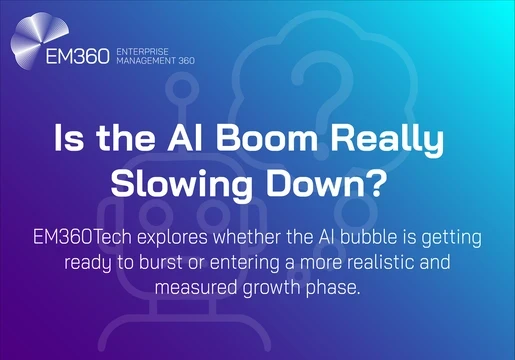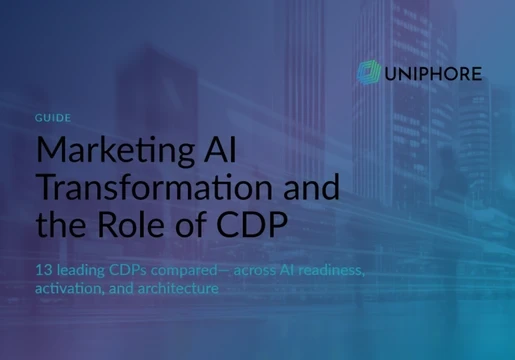There's a lot of buzz around what the next phase of AI will be now that it's seemingly conquered everything from Chatbots to healthcare.
But how do we reach the next level?
Enter AI Agents, the new tool that massive AI companies like OpenAI and Anthropic racing to release.
In this article we’ll explain what AI Agents are, how they work and how to build them.

What is an AI agent?
An AI agent is a type of artificial intelligence that can interact with its environment as well as collect data. It can use this data to perform specific tasks and learn as it does so.
In short, they can act on their own without human input. They function sort of like a virtual assistant that can learn and adapt over time. It can be as simple as a chatbot answering your questions or as complex as a self-driving car.
Key characteristics of AI agents include:
Autonomy
AI agents can function independently, making decisions and taking actions without continuous human oversight. AI agents exhibit self directed behavior, this means they can initiate actions based on their understanding of their environments and the goals they have been set out to achieve. They do not require explicit instructions at every stage.
AI agents have decision making capabilities that can analyze information, assess situations, and make choices. This decision-making process can be based on predefined rules laid out by the user, learned patterns, or real-time data analysis.
Ability to Learn
AI agents are able to learn from their actions and their outcomes over time. They use this experience to make more informed decisions over time.
They can learn through machine learning models that analyzes large amounts of data and identify patterns. They also learn from reinforcement learning which means earning rewards or penalties based on trial and error actions.
The agents can also utilize transfer learning, meaning they leverage knowledge from one task to improve their performance on a related task.
Goal-Oriented Behavior
AI agents are designed with a specific goal in mind which they work to achieve. This can be completing a series of tasks or working on a broader project as long as the objectives are clearly defined. More complex goals are broken down into more specific sub goals, making them more manageable and clear.
The AI agent can strategise the best paths to meet their goals in the most efficient way possible. Human users can provide feedback at any stage to alter the outcomes.
Environmental Perception
AI agents are uniquely able to understand their environments. They can utilize data inputs from multiple sources and analyze the to gain insight into trends, anomalies and opportunities.
By using these perception capabilities they are able to better understand the context of any given situation. This will include recognizing the relationships between key points as well as understanding other AI agents as well as anticipating future events.
How to Build AI Agents?
Building an AI agent is complex and involves deep understanding of the processes that power artificial intelligence.
The first step to build an AI agent is to clearly define the goal of the agent as well as determine the context in which it will operate.
The next phase is gathering and preparing the data. This data can come from various sources, such as databases, APIs, or real-world sensors and will be used to train and improve the AI agent. Ensure that the data has been cleaned and preprocessed to ensure it is ready to be utilized by the machine learning algorithms.
Select a framework to implement the AI agent’s learning algorithms and design the AI architecture.
You can then begin training and improving the AI agent. After this process you can cautiously deploy the agent as needed and monitor its outcomes.







Comments ( 0 )